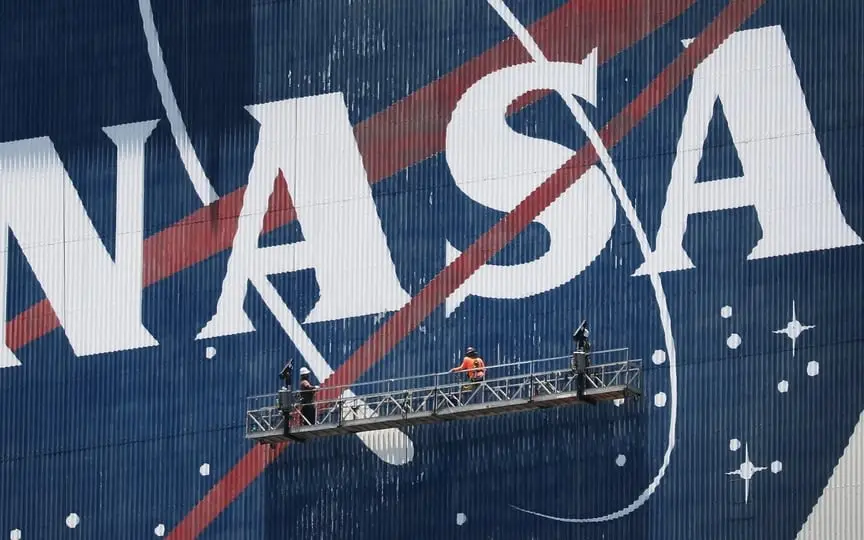NASA Investigating Unidentified Flying Objects Sightings
NASA is giving significant attention to the ongoing reports regarding what were previously known as UFOs (unidentified flying objects). In response to a report published by a committee of experts in various fields such as astronomy and aviation safety, the agency has gone as far as appointing a new director to oversee research on unidentified anomalous phenomena (UAP).
UAP is the term NASA uses today for UFOs. The committee was tasked with collecting reports on UAPs and trying to understand what these mysterious events really are, including answering the question of whether they could be extraterrestrial.
The committee held a press conference in May, when it reported on its work so far. The research team outlined some common explanations for UAP sightings — which include boats low on the horizon and high-flying balloons — and how many events remain truly unexplained.
Now, the committee has released a full report on what it found, including recommendations for NASA as its work continues. This report, which also includes NASA’s response and plan going forward, can be read in its entirety here. I have also made a video of the findings.
The report makes it clear that so far the committee has no evidence whatsoever that any of the reported UAP incidents involved foreigners. But for those reports that are not yet explained by terrestrial phenomena or aircraft, the team isn’t ruling anything out. It makes it clear that an extraterrestrial origin is unlikely, but has absolutely no evidence of what these observations are.
The rest of the report discusses how NASA should respond to the findings and what it plans to do to continue this research in the future.
The need for transparency
The biggest response has been the appointment of a Director of UAP Research – a brand new role. Initially, when announcing this, Nasa refused to name the person in the role. It hoped to protect the new UAP leader from the kind of harassment some committee members have received over their involvement in the investigation.
However, the Space Agency also promised to be completely transparent about the UAP work and everything it finds. This philosophy appears to have prevailed, and NASA later announced that the new director would be Mark McInerney, NASA’s previous liaison to the US Department of Defense.
Nasa also floated the idea of developing a smartphone app to help report UAPs in the future. Although hundreds of findings are available for the committee to examine, one persistent problem it has faced is poor data and imagery.
Nasa hopes to combat this problem for future reports by using billions of high-tech detectors around the world that most people carry everywhere. Smartphones can collect a lot of high-quality data, starting with photos and videos, but they can also collect information about gravity, magnetic fields, locations, and more. If the general public were open to the idea, NASA would one day like to allow people to report sightings directly from their phones to the agency.
Another interesting revelation in the report is NASA believes that artificial intelligence (AI) and machine learning could have visibility as this work continues. Looking for patterns in UAP reports – such as geographic reporting points – could be the key to finally understanding the reasons for some of the events that remain a mystery.
Spotting patterns is something people are very good at, but sometimes the common thread is so subtle and unexpected that people don’t notice it. Fortunately, AI is getting better and more powerful, and pattern detection is one of the things it excels at.
This raises the interesting possibility that artificial intelligence could one day be necessary when the first evidence of extraterrestrial life is found. It is not likely that we will recognize aliens, but NASA is not ruling it out.
The week this report was published proved to be a busy week for discussions about aliens. In Mexico, a journalist named Jaime Maussan presented the country’s Congress with alleged “mummified aliens” that he claimed had been found in Peru.
He said the samples contained non-human DNA, but this has yet to be independently verified. In fact, the authenticity of these bodies has been questioned.
In both cases, the world will have to wait longer for more concrete evidence. As NASA collects more reports, it may be possible to shed more light on what these strange objects are. And if independent testing of Mexican samples is conducted, there may be some conclusion to this claim as well.




